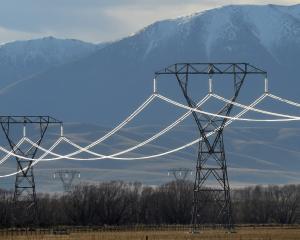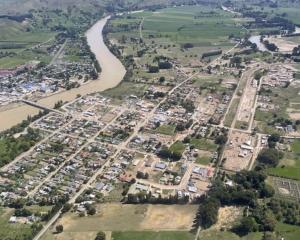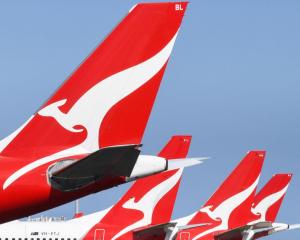Futures contracts prices are pointing to further price rises at this week's GlobalDairyTrade auction.
Forward contracts were indicating price rises in the vicinity of 5% to 10%, economist Kim Mundy said in ASB's latest Commodities Weekly.
Improved prices saw the ANZ commodity price index lift for the first time since March, increasing by 5.5% in September.
Dairy prices rose 15.1% for the month, which followed five consecutive monthly falls.
Prices for all dairy commodities, except casein, were higher in September and prices for both skim milk and whole milk powder were up 21%.
International prices for butter also lifted strongly, while cheese prices were up only modestly. Dairy prices on the index were still 24% lower than 12 months ago.
In BNZ's latest Rural Wrap, senior economist Doug Steel said dairy prices were looking ''a heck of a lot better'' than a couple of months ago, even though there was a way to go before they could be called good.
Expectations of lower New Zealand milk production were at least part of a very strong bounce in prices over the past couple of months.
The GDT price index was up almost 50% from its lows in early August, while some NZX futures prices had doubled over that period.
Such price gains pointed to higher dairy sector revenue, even if milk production was to fall by 6%, or even 10%.
While the revenue outlook might be now about $2billion higher than the extreme lows previously feared for the 2015-16 season, revenue was not yet high.
Even if revenue associated with this season's milk ultimately came in $1billion higher than the previous year as was starting to look likely, it would still be more than $5billion down on that achieved two seasons ago and almost $2billion shy of the average of the past five years.
Fonterra had lifted its 2015-16 milk price forecast to $4.60 and the bank believed there was ultimately ''a bit of upside'' to that over the coming year.
It was predicting $5 by the time the milk price was finalised this time next year.
Signals for the 2016-17 season were getting quite strong, but it was difficult to get too bullish just yet, given the threat from current emerging market economic growth concerns and the generally negative pulse sweeping through global commodity markets at present, Mr Steel said.












